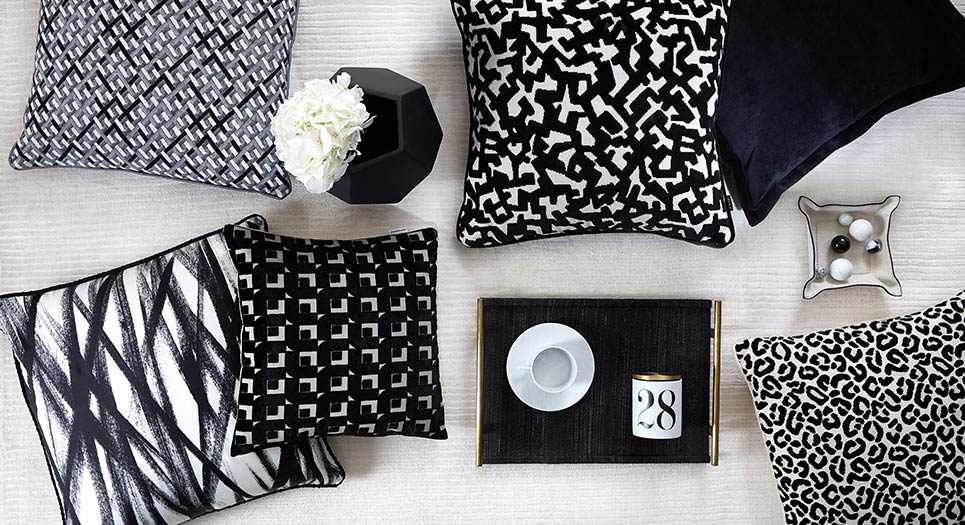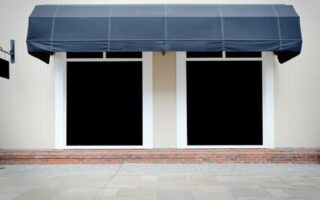The house environment is something that is deeply personal. It is where we feel most like ourselves. It is where we can relax and express who we are. To do this, we create rooms that have specific purposes like the bedroom for sleeping; the lounge for living; the kitchen for cooking and sometimes for entertaining.
It is possible to express different facets of a personality in different rooms of a home; and for this reason it is possible to create a designed interior that manages to make mismatched looks and feelings seem uniquely uniform. This is ultimately because the personality of any individual is so complex that the different rooms in a home are quite happy to bend to its different aspects. A sleeping person, for example, looks wholly different to an energised person, just come home from a run and looking for something to drink.
These two people – who are, of course, the same people – also look different to the person relaxing after a hard day at work; or the person in full party mode, stereo cranked up while he or she prepares dinner for his or her guests.
The point being, a bedroom design is quite a different thing from lounge design; and both differ wholly from the kitchen. So the designer cushions you choose to use are specific to the rooms in which you have them, rather than being tied to a grand plan for the whole home. To have cushions the same in all these different rooms, or even to have the same look but in different colours, would be like expecting a person to always wear identical socks no matter where he or she is going.
Bearing in mind that sometimes people don’t wear socks at all, we can follow this analogy throughout the home. Cushions in a bathroom – unlikely except in very specific circumstances, for instance in a bathroom that is only used for relaxing and reading stories to the children. IN the bedroom, cushions perform a decorative function without much actual sitting purpose – they’re normally thrown onto the bed over the pillows and coverlet during the day, and become part of the design and look of the place.
The difference between look and function, and sometimes the marriage of look and function, informs everything in home design. The choices you make about whether a functional object is to be used for its purpose or not dictate how your home feels – and of course how it is used.
Cushions are not always for sitting on. They may not even be for lying on. Where they are used for purely decorative purposes, the rest of the room should compensate. So if you have cushions used decoratively on a bed, then there has to be somewhere in the room (a big chair, for example) where those cushions can be placed without upsetting the balance of the decoration. Otherwise, you’ll end up with guests throwing cushions on the floor every night before they go to sleep – hardly the proper function of a bedroom.




